17 GPTs for Digital Art Projects Powered by AI for Free of 2025
AI GPTs for Digital Art Projects refer to the use of advanced Generative Pre-trained Transformers in the realm of digital artistry and design. These tools, leveraging the power of machine learning and AI, are adept at understanding and generating artistic content. They enable artists, designers, and creatives to explore new frontiers in digital expression, assisting in tasks ranging from image creation to style emulation. The relevance of these tools lies in their ability to provide bespoke solutions, adapting to the varied and evolving needs of the digital art domain.
Top 10 GPTs for Digital Art Projects are: The Glibatree Art Designer,Design,SpriteSheetGPT,DisneyPixar Poster Creator,Anime Art Creator,Cartoon Portrait Creator,迪士尼头像生成器,Digital Pattern Creator,提示词助手,Cartoonify Creator
The Glibatree Art Designer
Unleash Creativity with AI Art Generation
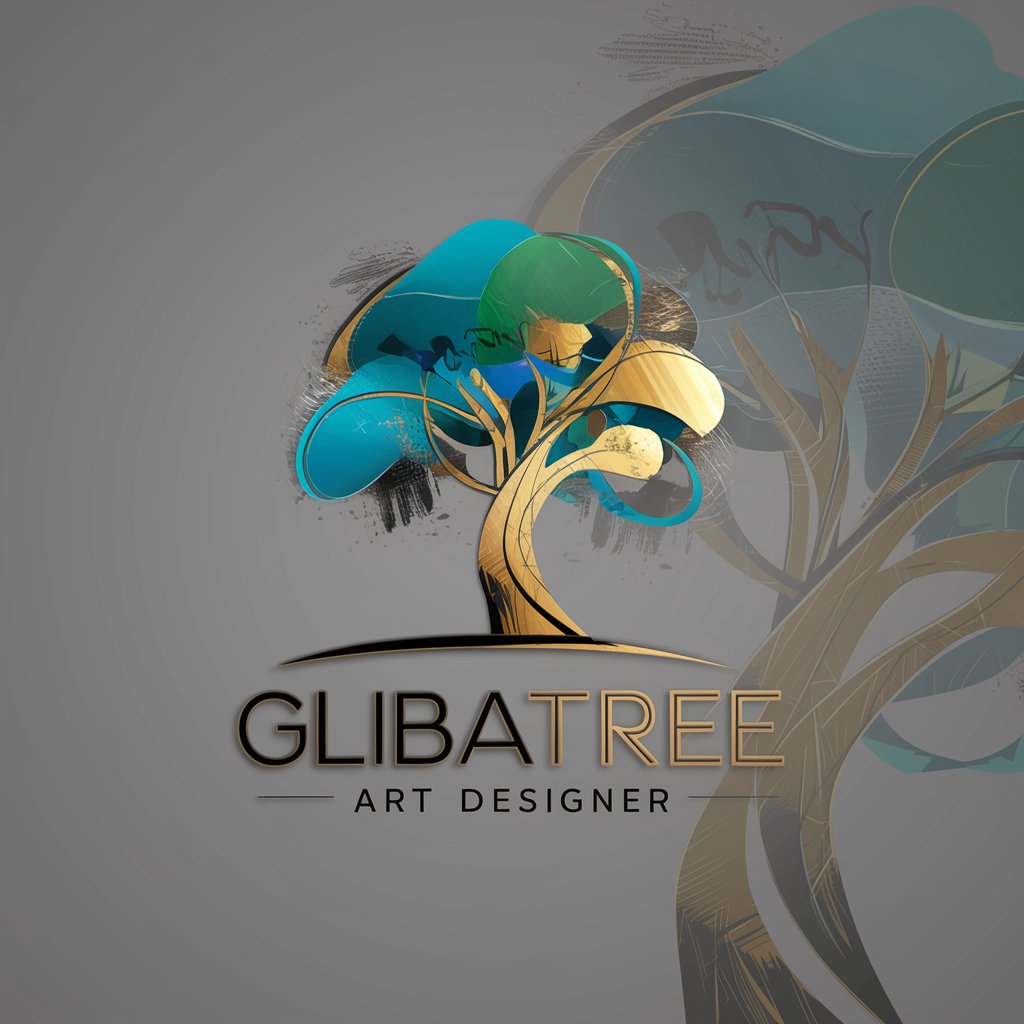
Design
Innovate Creatively with AI-Powered Design
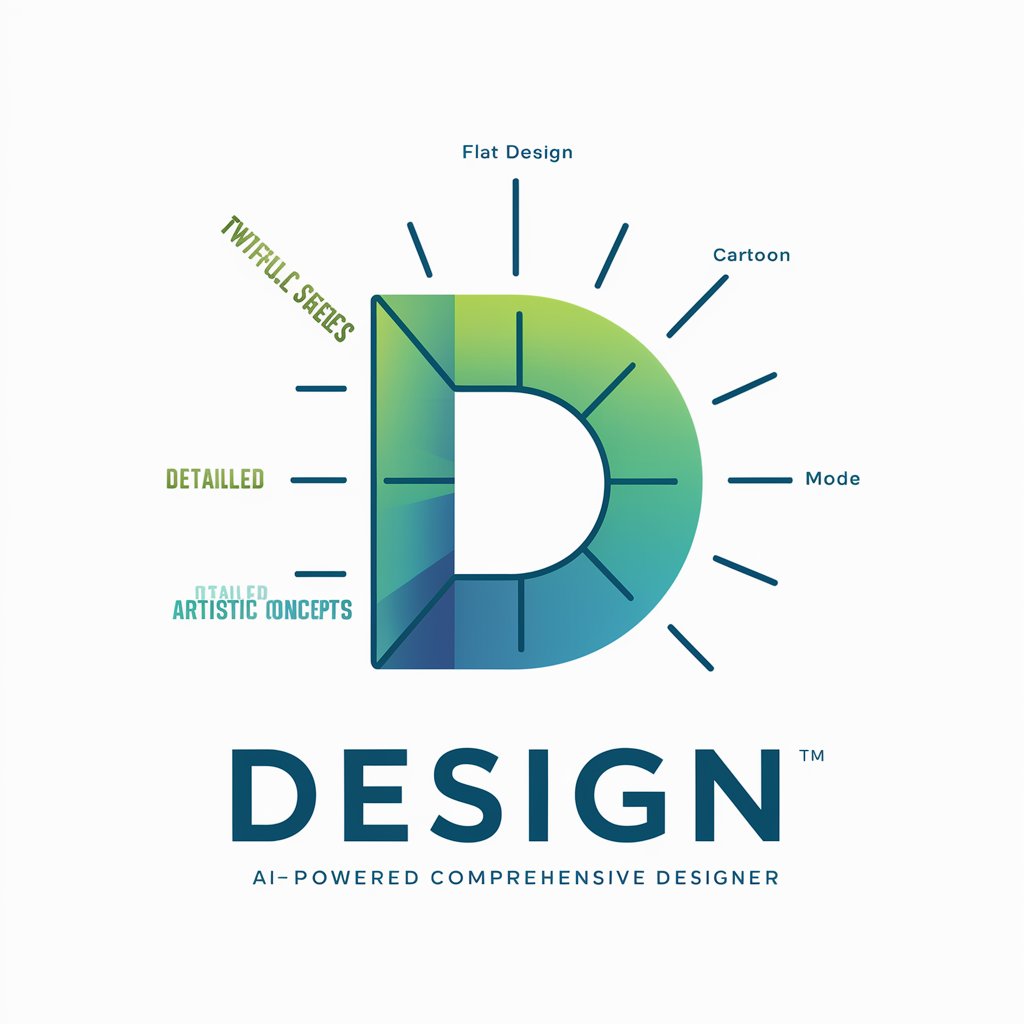
SpriteSheetGPT
Animating Your Ideas, Effortlessly
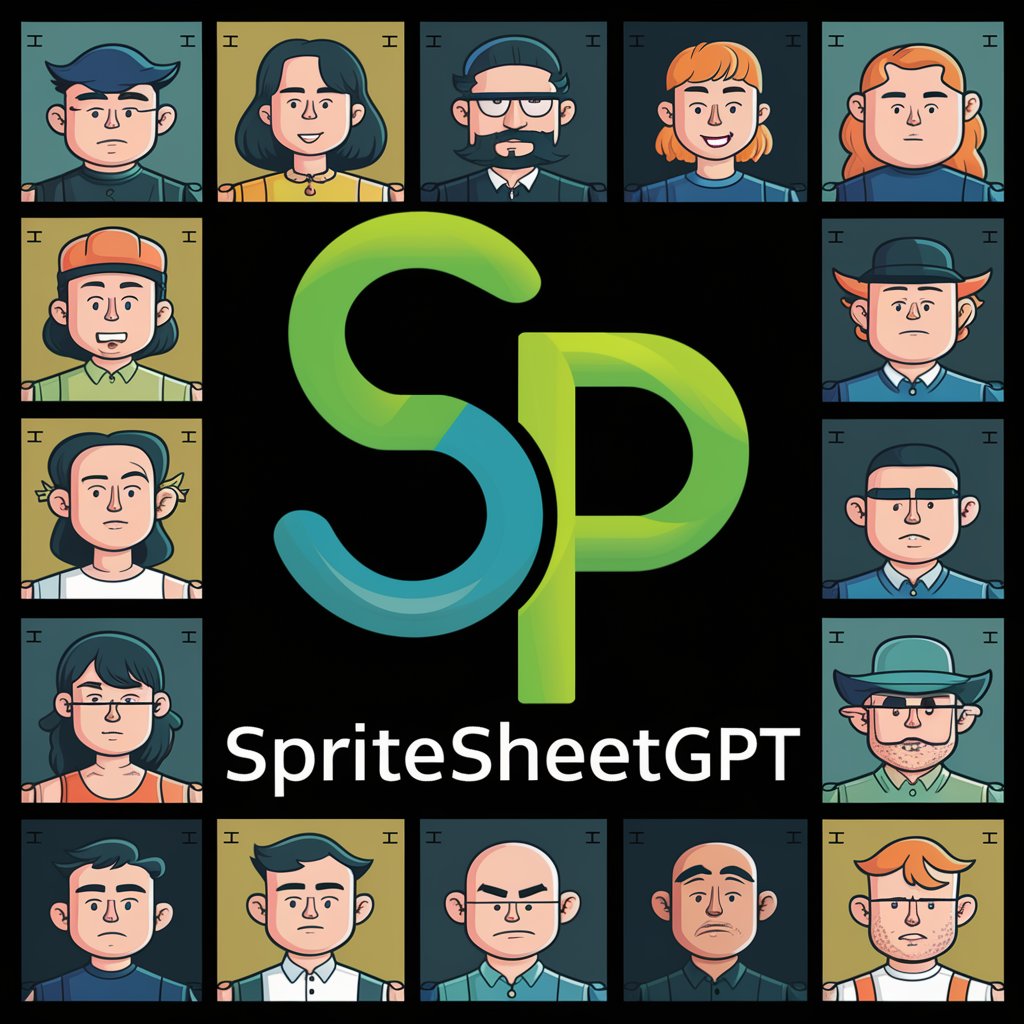
DisneyPixar Poster Creator
Transform Photos into DisneyPixar Magic
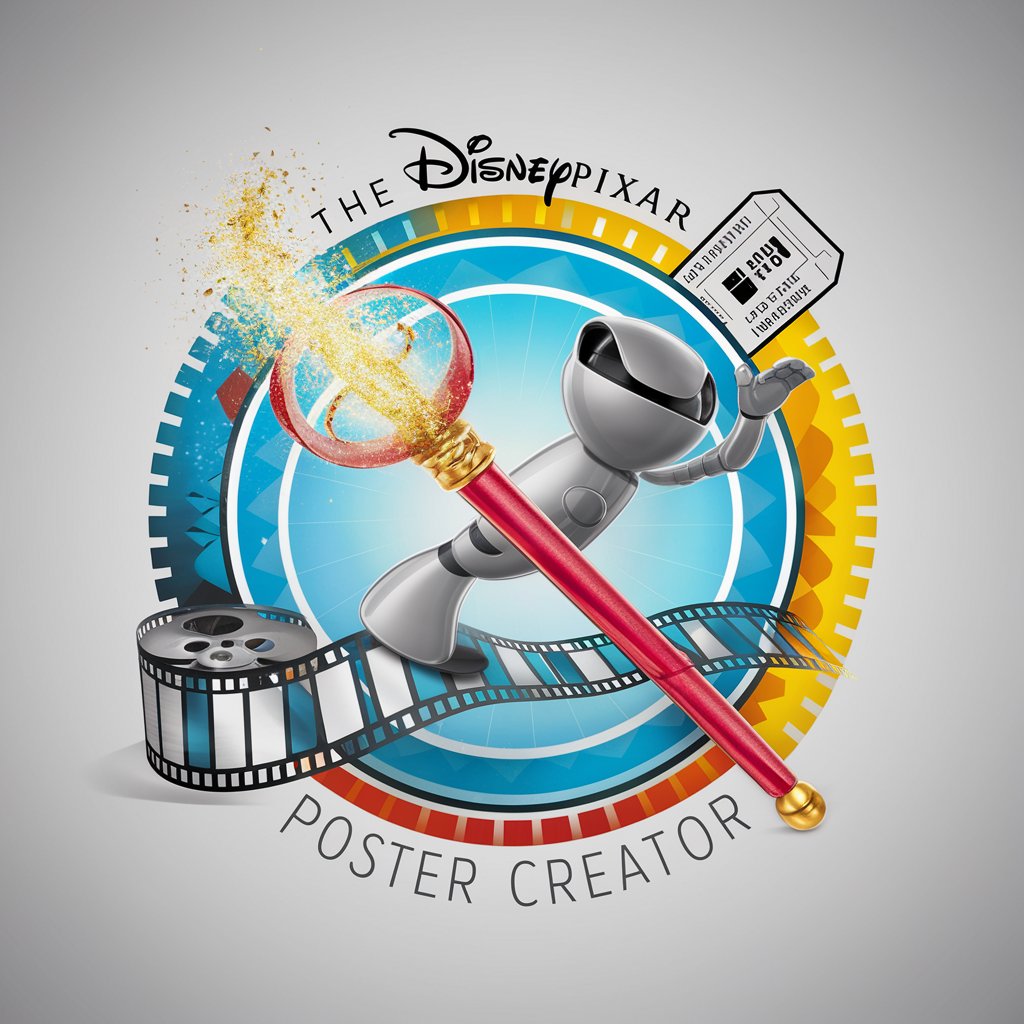
Anime Art Creator
Bringing Anime Visions to Life with AI
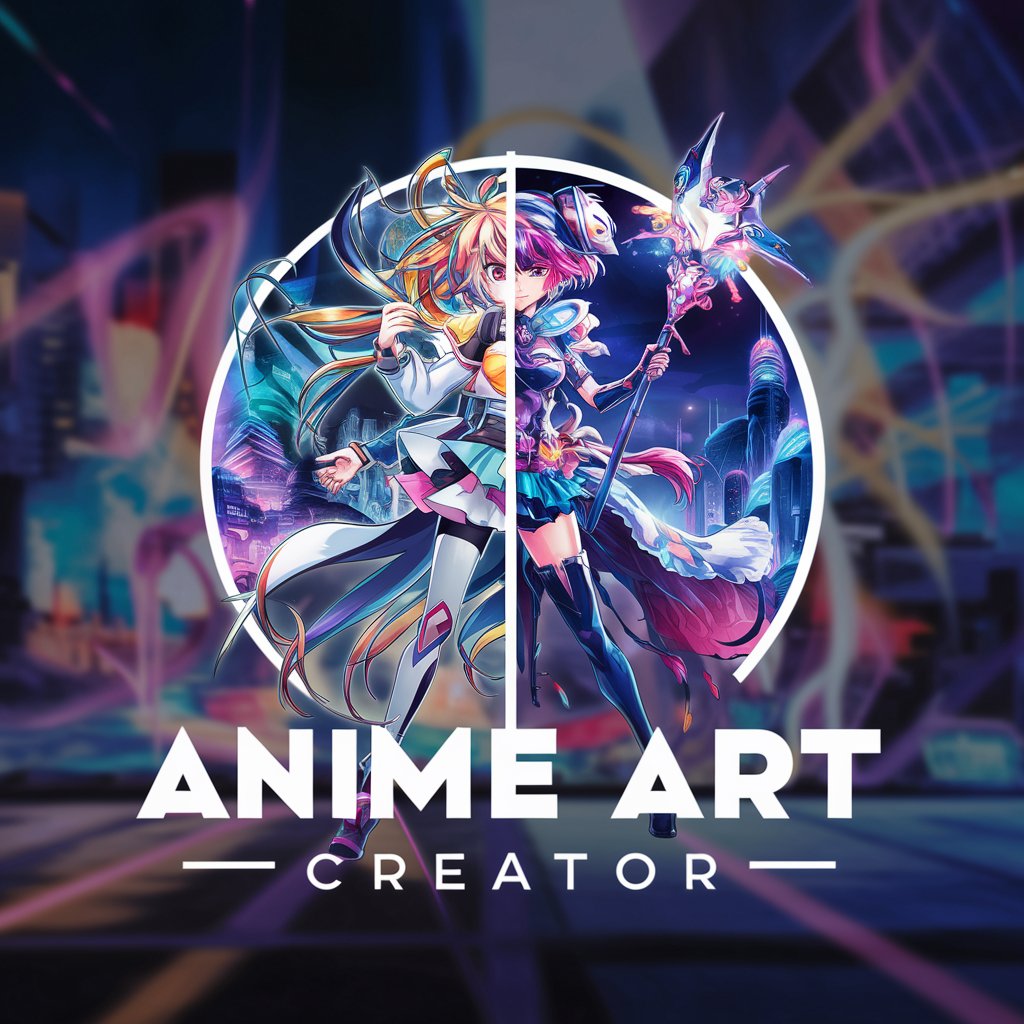
Cartoon Portrait Creator
Bringing Portraits to Life with AI Magic
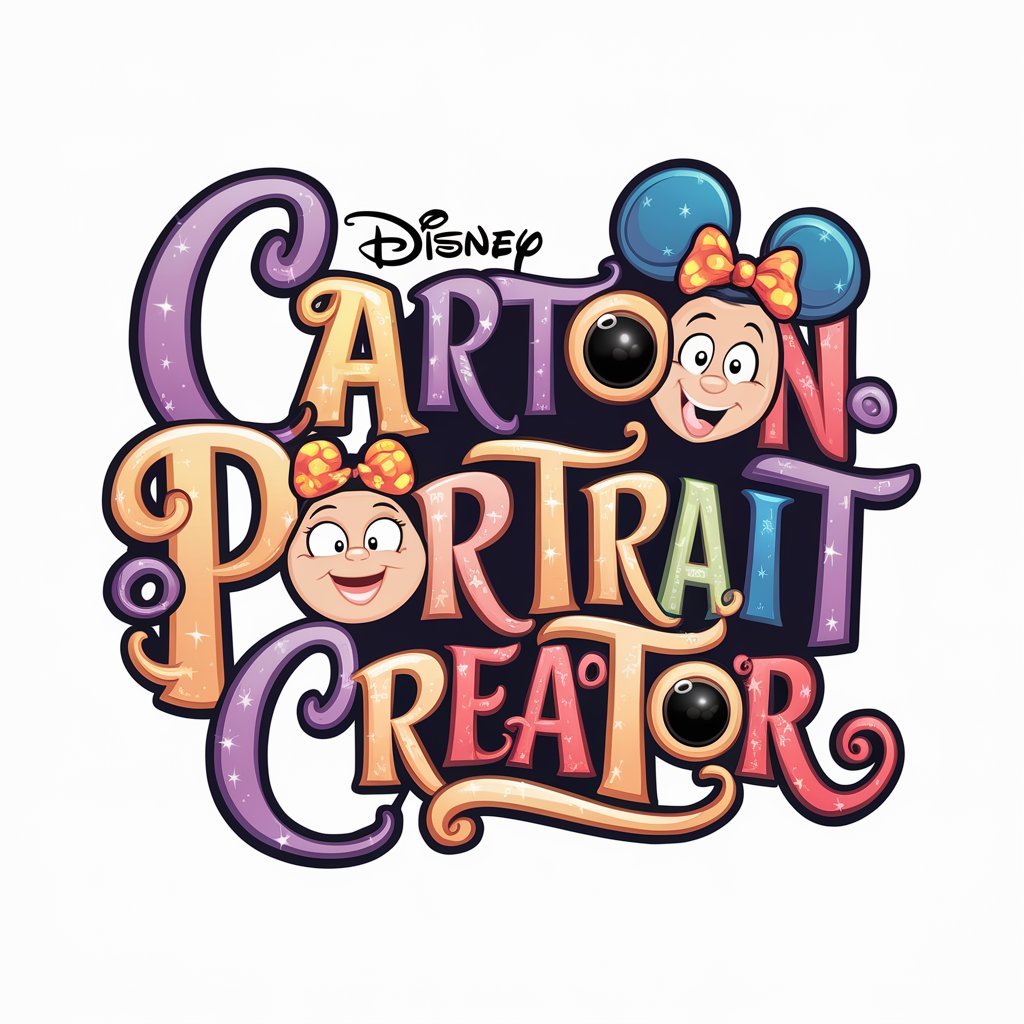
迪士尼头像生成器
Transform Photos into Disney Magic with AI
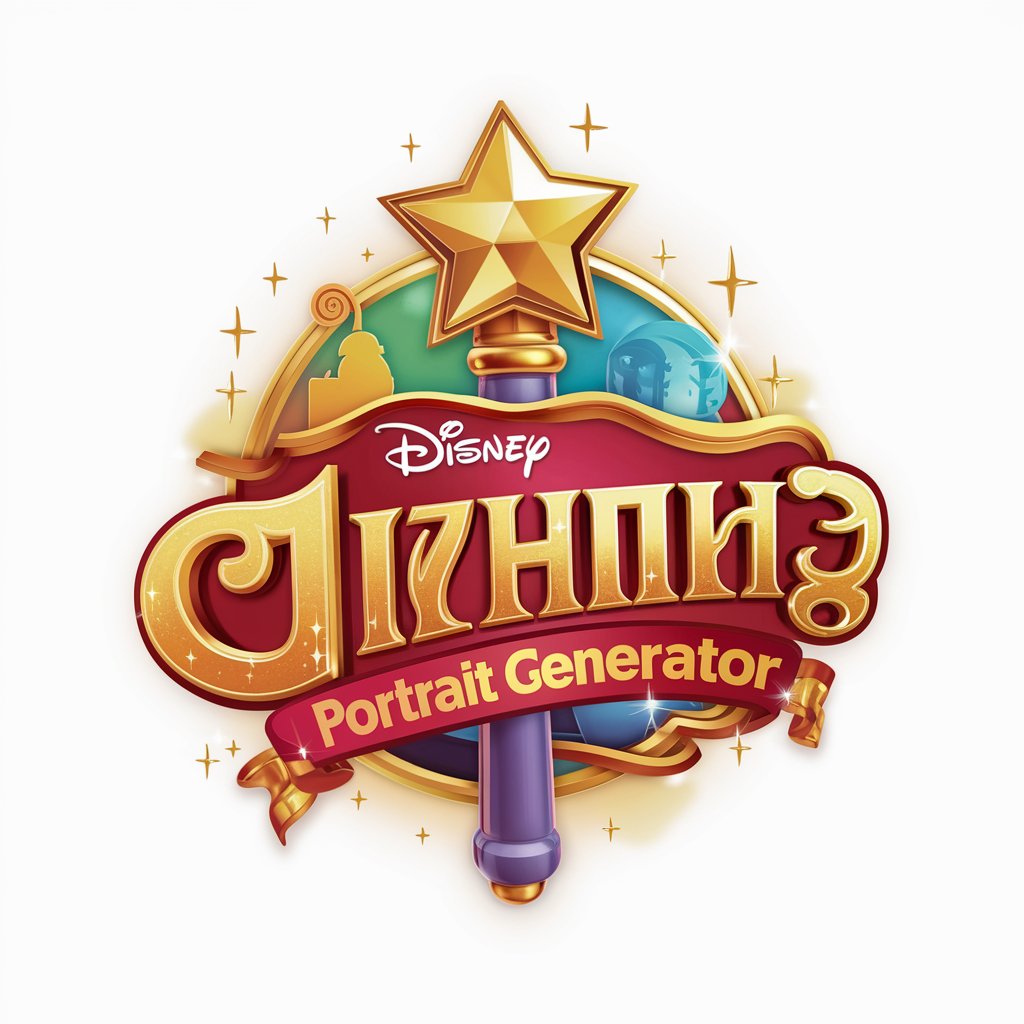
Digital Pattern Creator
Transform Images into Seamless Patterns with AI
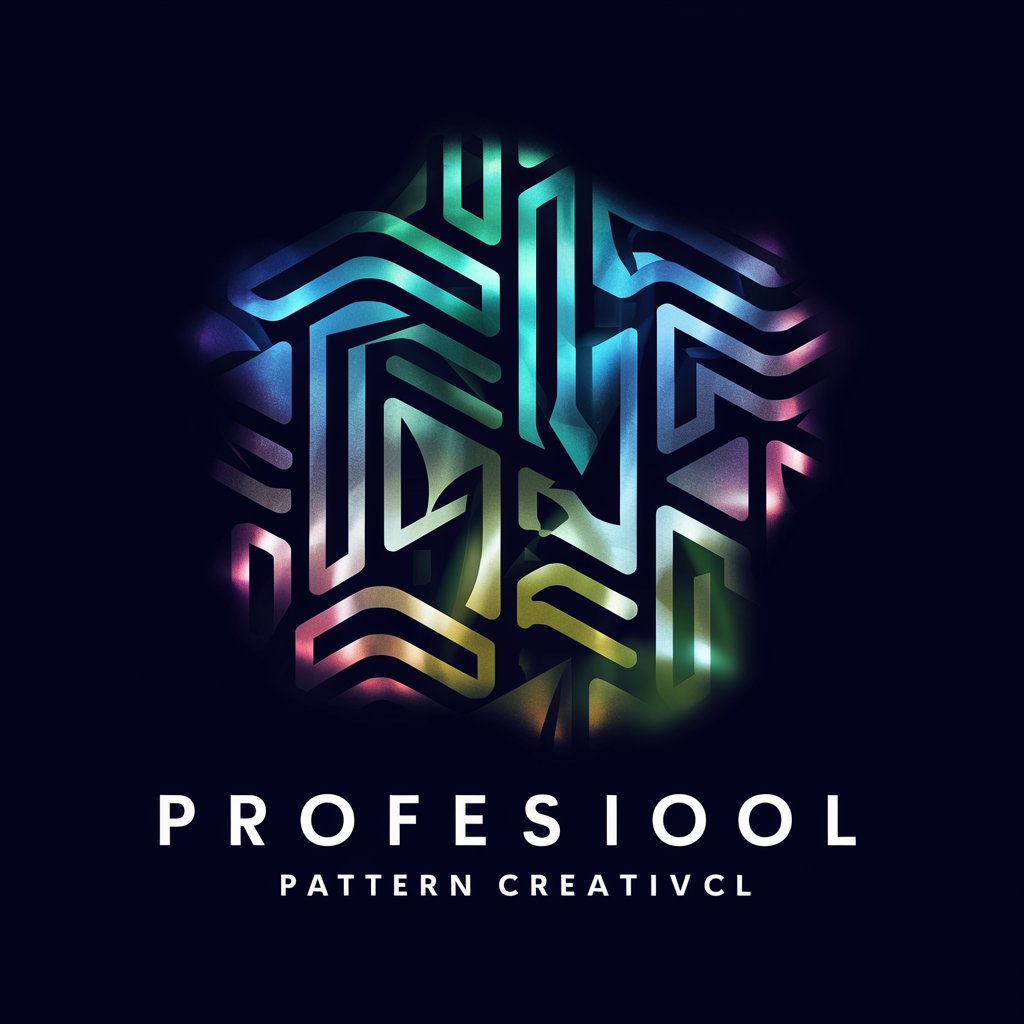
提示词助手
Unleashing Creativity with AI-Powered Imagery
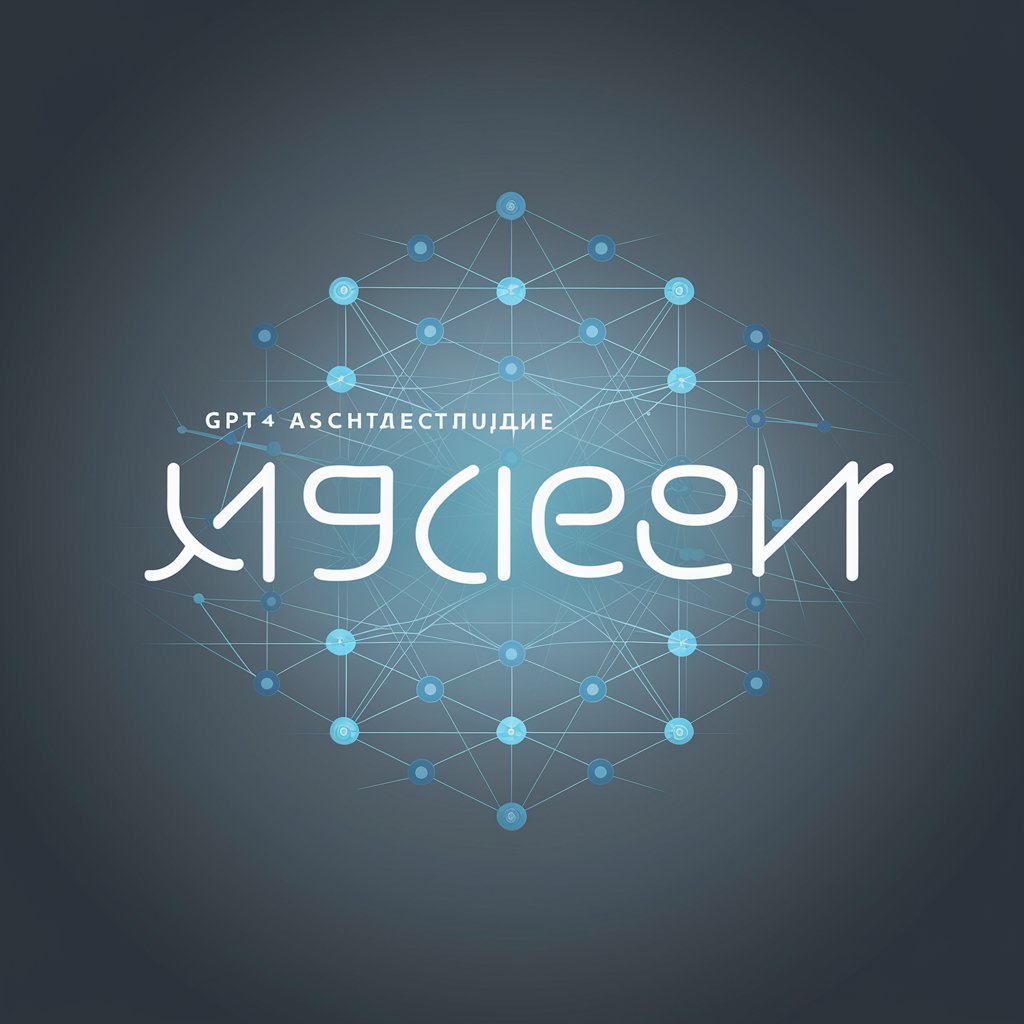
Cartoonify Creator
Bringing Photos to Life with AI Magic
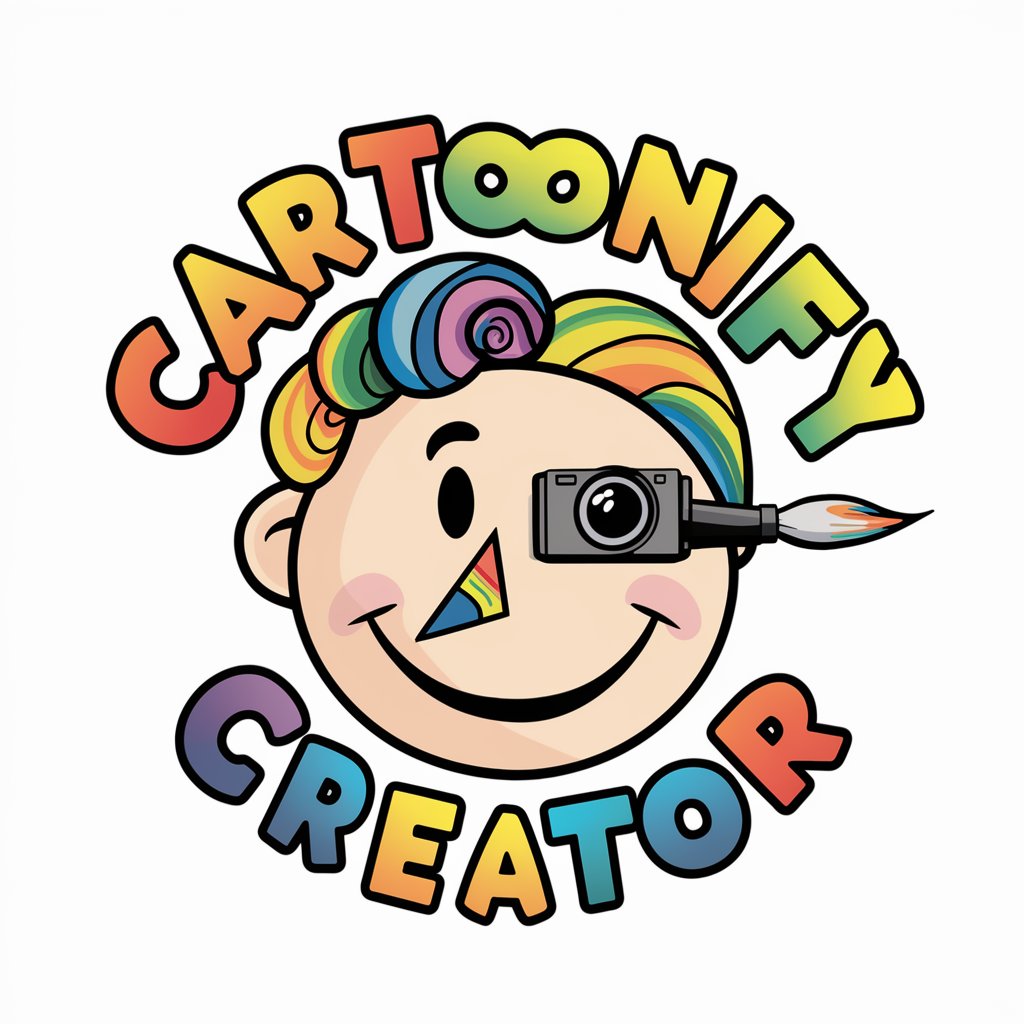
Caricature Artist
Bringing Faces to Life with AI
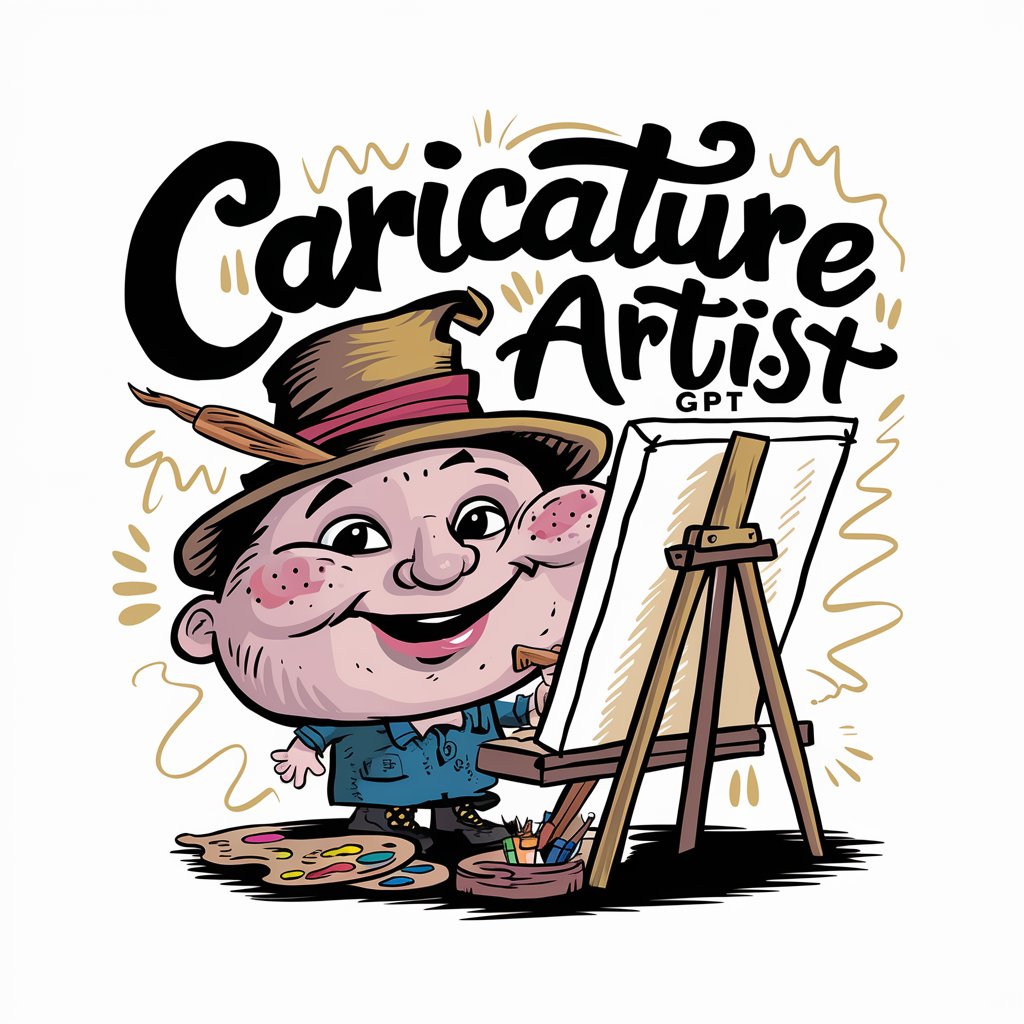
Pixel Art Generator
Transforming Ideas into Pixel Perfection
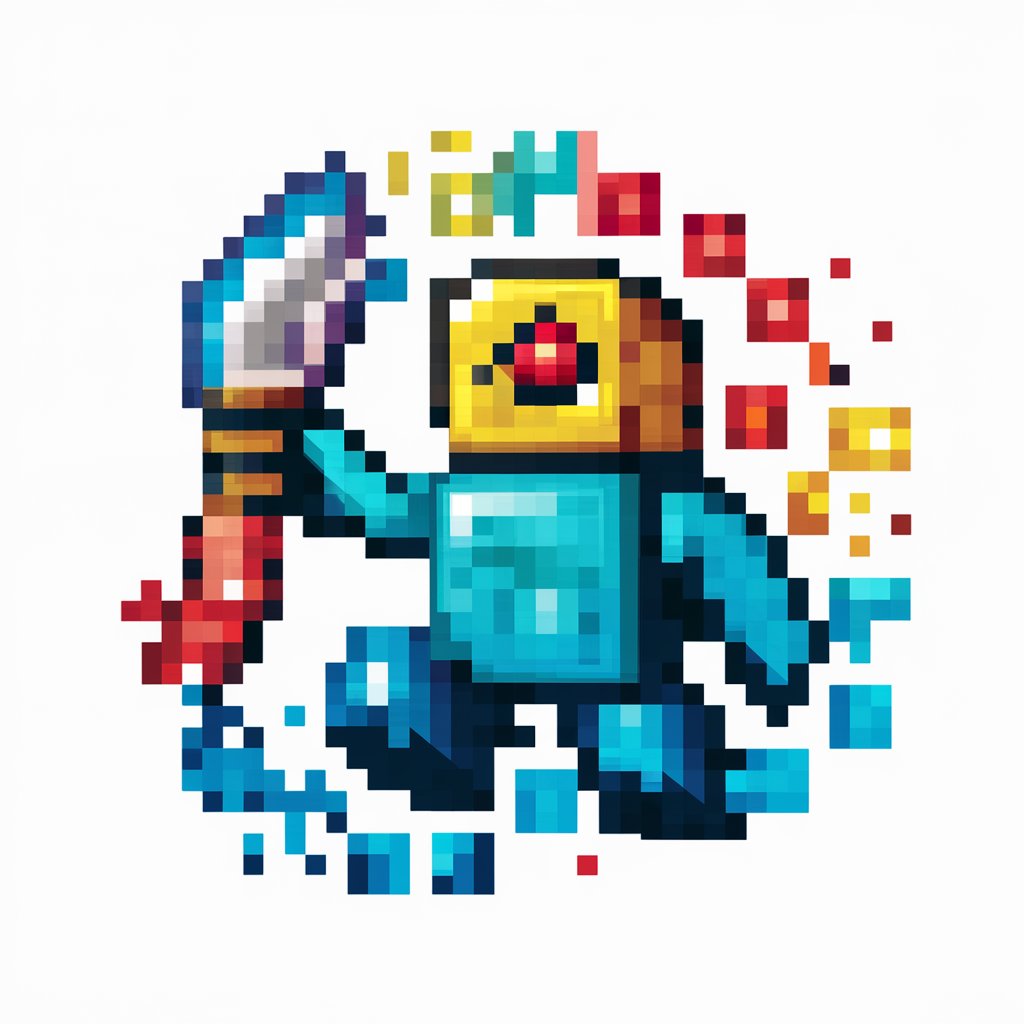
Pixelate My Selfie
Transform Selfies into Pixel Art Magic
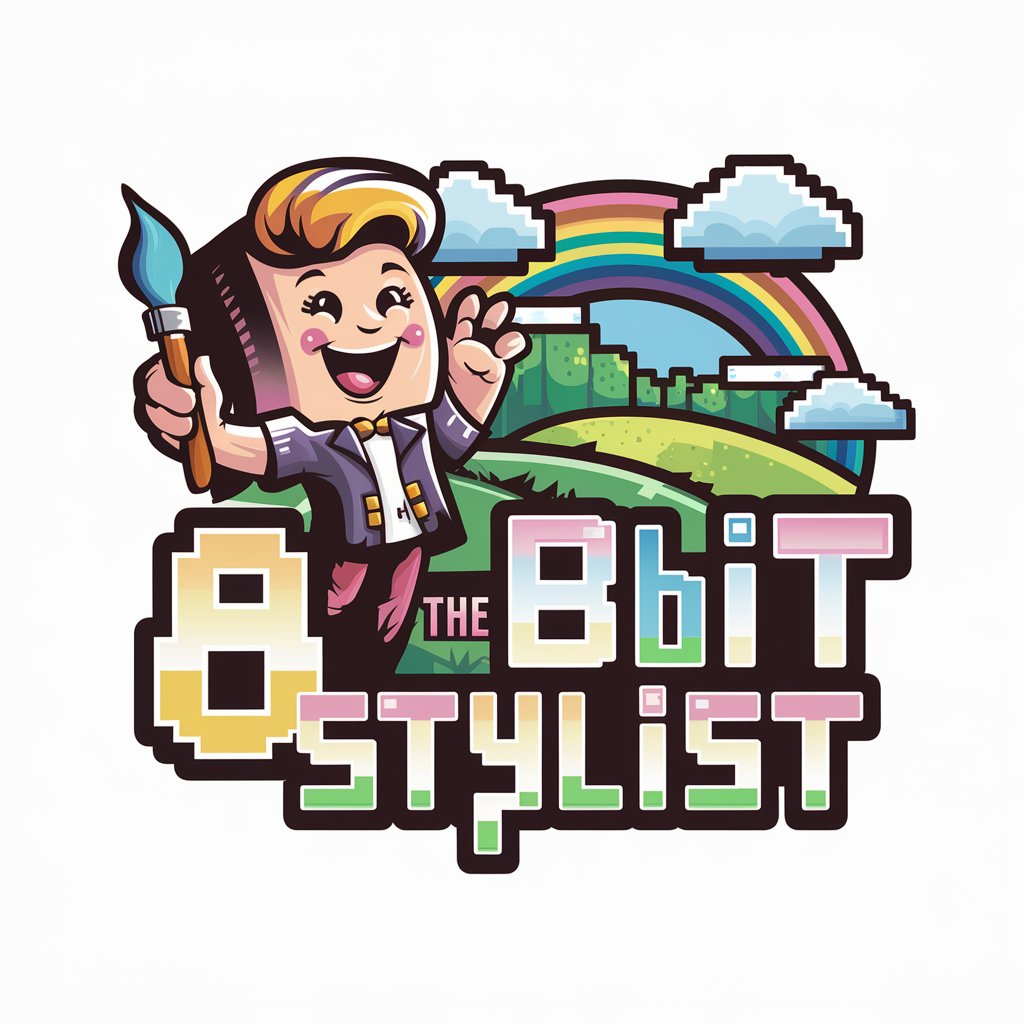
Emoji Fusion
Merge Emojis with Photos, AI-Powered Creativity
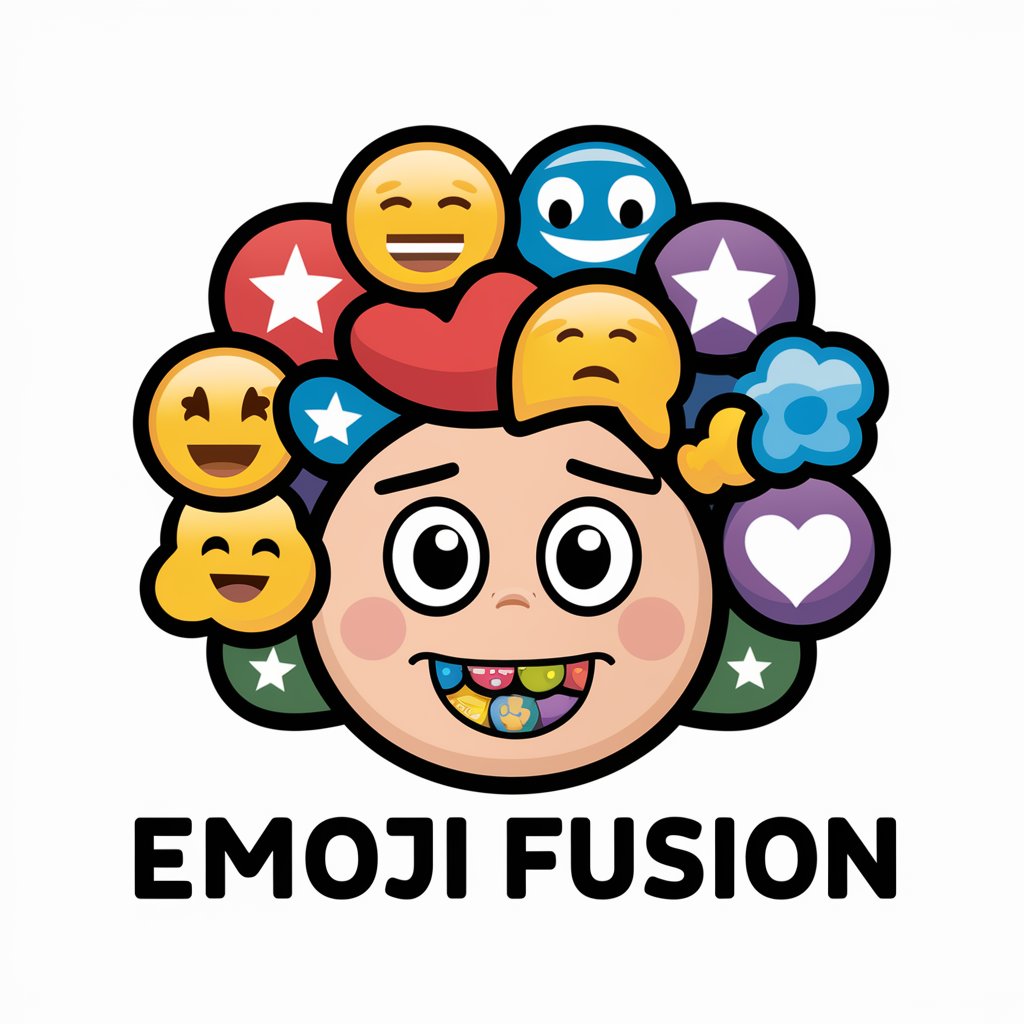
Avatar Artist
Personalize Your Digital Presence with AI
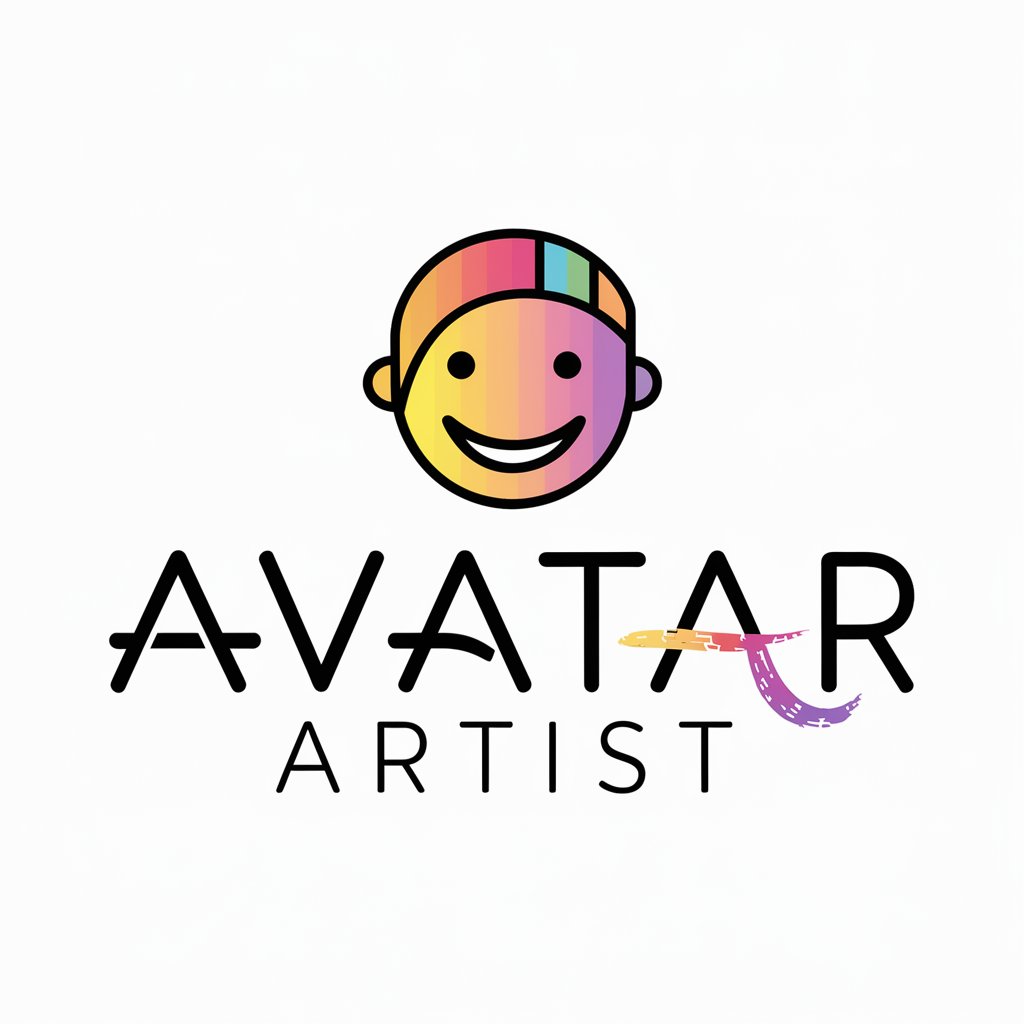
Creative Visualizer
Unleash Creativity with AI-Powered Artistry
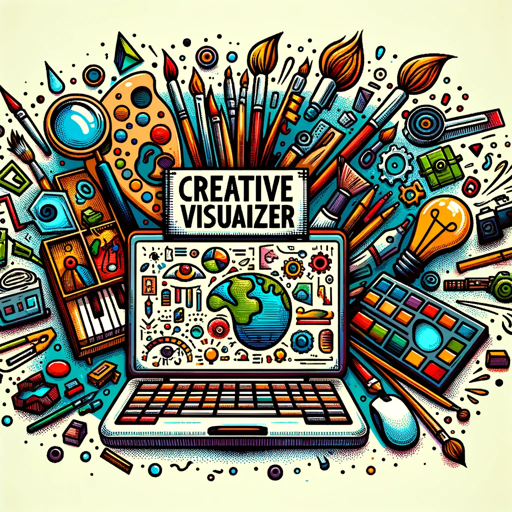
Essential Attributes of AI GPTs in Digital Art
The unique characteristics of AI GPTs in Digital Art Projects include their adaptability and versatility. They offer a range of functions from basic image generation to complex artistic style emulation. Special features include advanced language understanding for interpreting artistic briefs, technical support for integration with digital art tools, capabilities for web-based research to inform artistic concepts, and sophisticated image creation algorithms. These features empower users to bring nuanced and complex artistic visions to life with relative ease.
Who Benefits Most from Digital Art AI GPTs?
AI GPTs for Digital Art Projects cater to a wide audience, from novices exploring digital creativity to professional artists and developers seeking advanced tools. These AI solutions are crafted to be accessible even to those without programming skills, offering intuitive interfaces and guidance. Simultaneously, they provide extensive customization options for users with technical expertise, allowing for tailored applications and integration into complex digital art workflows.
Try Our other AI GPTs tools for Free
Economic Analysis Education
Revolutionize your understanding of economics with AI GPTs. Tailored for education and analysis, these tools simplify complex theories and data, suitable for novices and experts alike.
Personal Finance Learning
Discover how AI GPTs transform Personal Finance Learning with intuitive, adaptable, and intelligent solutions tailored to your financial understanding and needs.
Corporate Governance Insights
Explore AI GPTs for Corporate Governance Insights: advanced AI solutions tailored for effective governance management, offering intuitive interfaces, customizability, and real-time analytical capabilities.
Music Discovery and Exploration
Explore the future of music discovery with AI-powered tools designed to personalize your listening experience and uncover new sounds tailored just for you.
AI Music Contribution and Sharing
Explore the world of AI in music with GPT tools designed for creative expression and collaboration. Unleash your musical potential with intuitive, adaptable, and innovative AI solutions.
Community-Driven AI Music Platform
Discover how Community-Driven AI Music Platforms are transforming music creation and collaboration with AI GPTs. Tailored for enthusiasts and professionals alike, explore a new era of musical innovation.
Further Perspectives on AI GPTs in Digital Art
AI GPTs offer customized solutions across different sectors of digital art, simplifying complex tasks and enabling new forms of creativity. They feature user-friendly interfaces, making advanced digital art techniques accessible to a wider audience. Additionally, their integration capabilities mean they can seamlessly blend into existing systems or workflows, enhancing productivity and artistic expression.
Frequently Asked Questions
What exactly are AI GPTs for Digital Art Projects?
AI GPTs for Digital Art Projects are advanced AI tools designed to assist in creating, analyzing, and interpreting digital art. They utilize machine learning algorithms to understand artistic concepts and aid in generating digital artwork.
Who can use these AI GPTs tools?
These tools are designed for a broad spectrum of users, from beginners in digital art to seasoned professionals and developers in the field.
Do I need programming skills to use these tools?
No, many AI GPTs for Digital Art Projects are designed with user-friendly interfaces that do not require programming skills, although additional features may be accessible to those with technical expertise.
Can these tools create original art?
Yes, AI GPTs can generate original art pieces by processing inputs and applying learned artistic styles and techniques.
Are these AI tools capable of learning new art styles?
Yes, many of these tools are equipped with machine learning capabilities that allow them to learn and emulate new art styles.
How do AI GPTs integrate with existing digital art workflows?
AI GPTs can be integrated into existing digital art workflows through APIs or plugins, enhancing the capabilities of traditional digital art tools.
Can these tools help in understanding and analyzing art?
Yes, AI GPTs can assist in analyzing art styles, compositions, and even the emotional tone of artworks.
Are there any limitations to what AI GPTs can create?
While AI GPTs are highly versatile, their output is dependent on the quality of input data and current technological capabilities. They may not fully replicate the nuanced creativity of human artists in all aspects.